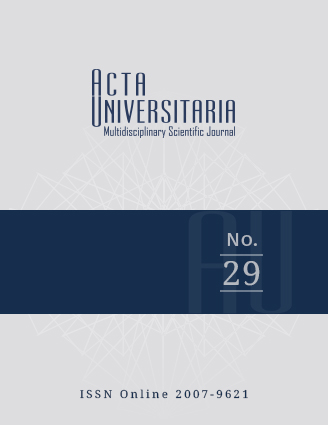Partitioning of the pore space based on a non-hierarchical decomposition model
Published 2019-09-25
How to Cite
Abstract
Bio-CAD and in-silico experimentation currently have a growing interest in biomedical applications where scientific data coming from real samples are used to evaluate physical properties. In this sense, analyzing the pore-size distribution is a demanding task to help interpret the characteristics of porous materials by partitioning it into its constituent pores. Pores are defined intuitively as local openings that can be interconnected by narrow apertures called throats that control a non-wetting phase invasion in a physical method. There are several approaches to characterize the pore space in terms of its constituent pores, several of them requiring prior computation of a skeleton. This paper presents a new approach to characterize the pore space, in terms of a pore-size distribution, which does not require the skeleton computation. Throats are identified using a new decomposition model that performs a spatial partition of the object in a non-hierarchical sweep-based way consisting of a set of disjoint boxes. This approach enables the characterization of the pore space in terms of a pore-size distribution.
computation. Throats are identified using a new decomposition model that performs a spatial partition of the object in a non-hierarchical sweep-based way consisting of a set of disjoint boxes. This approach enables the
characterization of the pore space in terms of a pore-size distribution.

